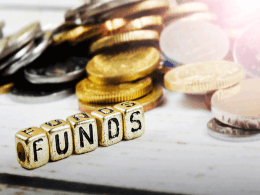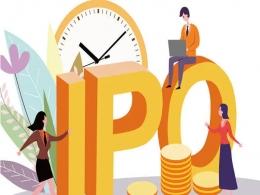We are living through policy paralysis, tight credit availability and brutal input cost pressures. The market clearly has to correct further before large investors will find enough value on the table to invest fresh capital (the Sensex is hovering around 17,500 as I write this piece). Most executives of listed companies who I have met recently are feeling the heat of the tight funding environment and their lack of traction with the Government. In such a climate of despondency, I thought it might make sense to sit back and look at the big picture.
The big picture which I see when I look at the past thirty years has the following salient features:
â Our economic growth process is choppy. We tend to go through 4-5 years of strong growth and then run into a rough patch. These rough patches tended to be longer 10-20 years ago (eg. the early 80s, the late 90s) than they have been over the past decade (FY02-03, FY09) but they have not gone away. Given that free market economies are bound to have economic cycles, these rough patches come with the territory we are seeking to play in as a country.
â Our political system runs into a crisis roughly every 10 years. Think about the late 70s, the late 80s, the late 90s and now. I see this as the political analog of the economic cycle i.e. every 10 years the incumbents get so complacent and their opponents so desperate that a power struggle ensues and destablises the prevailing political equations.
â The political and the economic cycles are linked. After every period of political crisis we have had a meaningful economic slowdown. So after the late 70s punch-up between the Opposition of the day and the Congress, GDP growth rate crashed from 9% YOY in FY76 to a three decade low of -5% in FY80. After the multiple governments of the late 1980s, GDP growth rate moderated from 10% in FY89 to 6% in FY90 which in tandem with the first Gulf War triggered the Balance of Payments crisis in 1991 (which in turn gave birth to a new India) pushed GDP growth lower to 1.4% YOY in FY92. Then think of the late 90sâI think you get the picture by now.
This big picture raises two questions. Firstly, why does the political process play such a big role in our economic growth? Secondly, given all of the above what will happen to economic growth in FY12?
The interplay between politics and economics is tight in India because the Government not only accounts for a big chunk of the economy (Government spending accounts for a quarter of the gross fixed capital formation and a tenth of the GDP) but also acts as a source of key regulatory clearances (a point discussed in my previous column) and capital (through the state owned banks and finance corporations which together account for three quarters of debt funding in our country). A political crisis therefore not only hits the arms of Government but also paralyses private sector projects (which are reliant on regulatory sign-offs) and freezes debt finance (as public sector lenders become reluctant to commit funding).
So what now for India's fabled "growth story"? Most forecasters have their FY12 economic growth forecasts above 8%. I struggle to be as optimistic as corporate investment (which accounts for nearly 40% of India's gross fixed capital formation) being scaled back materially as funding costs and input costs rise. I think we will be lucky to get 7% growth in FY12. That then implies meaningful downgrades to the consensus earnings growth figure of 20%+ which the stockmarket was running on until recently. In light of this, sectors such as FMCG, paints and tobacco might be the best places to be in over the next three quarters. Interestingly, in the period between January-August 2008, when the BSE500 fell by 37%, these sectors fell by only around 15%.
On the other hand, over the next three quarters, sectors such a hotels, retail, media & entertainment, textiles, steel, realty, airlines and construction look likely to be more tricky places to be in given higher levels of exposure to both input cost inflation and rising finance costs. Between January August 2008 these sectors fell by around 50%.
(I am using the period between January-August 2008 as a point of reference because this eight month period was characterized by high inflation (average WPI inflation: 8.4% YOY), rising repo rates (1.25% points increase) and high Government revenue expenditure (16% & 34% YOY increase in revenue expenditure in FY08 and FY09 respectively). This seems to be the most likely shape for the next 8-9 months as well.)
(Saurabh Mukherjea is the Head of Equities at Ambit Capital. The views expressed here are his own and not Ambit Capital's.)






